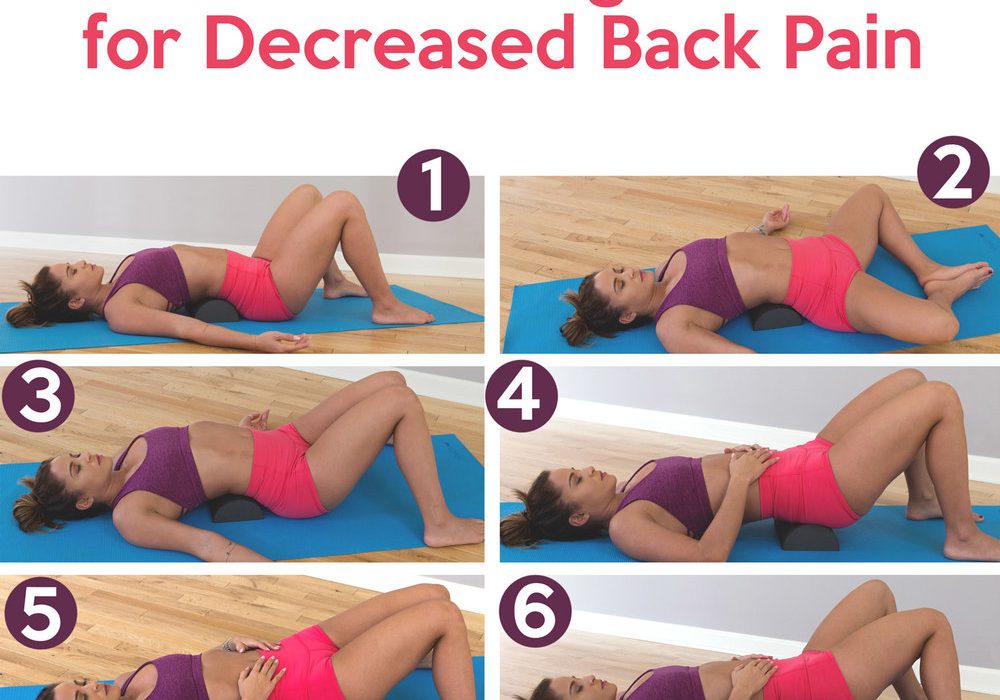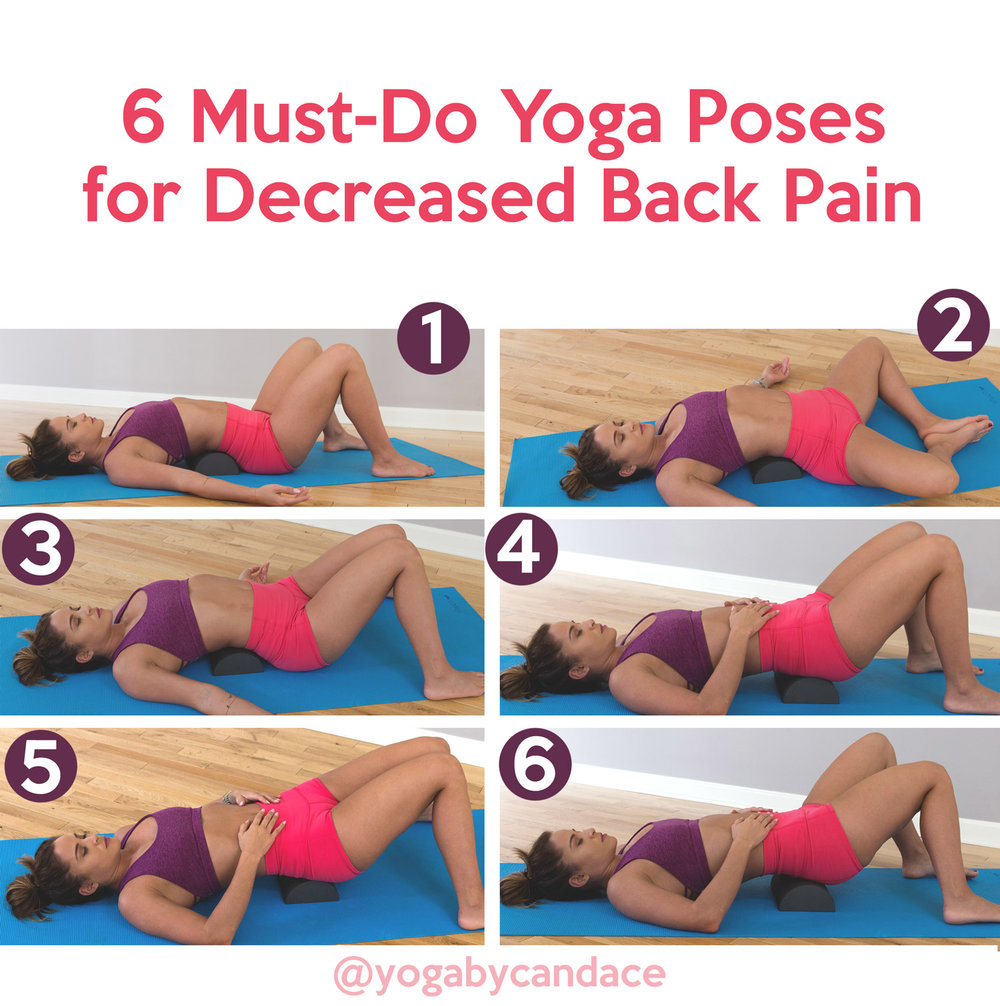Feeling the aches and pains of everyday life? Wondering if there’s a natural way to find relief? Look no further than the ancient practice of yoga. Yoga has been gaining popularity as a holistic approach to wellness, and many people are turning to it for its potential benefits in pain management. So, can yoga help with pain relief? Let’s dive into this topic and explore how the practice of yoga can bring a sense of ease and comfort to your body.
When it comes to pain relief, yoga offers a unique approach that combines physical movement, breath control, and mindfulness. By gently stretching and strengthening the body through various poses, yoga can help improve flexibility, increase blood flow, and release tension in the muscles. These physical benefits can provide much-needed relief from chronic pain conditions such as arthritis, back pain, and fibromyalgia. Additionally, the focus on deep breathing and mindfulness in yoga can help calm the mind and reduce stress, which is often a contributing factor to pain. So, whether you’re dealing with a specific injury or simply looking to alleviate general discomfort, incorporating yoga into your routine may be a step towards finding the relief you’ve been searching for.
Can Yoga Help with Pain Relief?
The Benefits of Yoga for Pain Relief
Yoga is an ancient practice that combines physical postures, breathing exercises, and meditation to promote overall well-being. While it is often associated with flexibility and stress reduction, yoga can also provide significant relief for various types of pain. Many individuals turn to yoga as a complementary therapy to manage chronic pain conditions, such as arthritis, back pain, and fibromyalgia.
One of the main benefits of practicing yoga for pain relief is its ability to increase flexibility and improve joint function. The gentle stretching and movements in yoga poses help to alleviate stiffness and reduce pain in the muscles and joints. Additionally, yoga promotes better posture, which can alleviate strain on the body and reduce pain caused by poor alignment.
Yoga Poses for Pain Relief
There are several yoga poses that specifically target different areas of the body to relieve pain. Here are a few examples:
1. Child’s Pose: This gentle resting pose stretches the lower back and hips, providing relief for individuals with back pain or sciatica.
2. Cat-Cow Pose: This dynamic pose helps to release tension in the spine and improve flexibility, making it beneficial for individuals with back pain or neck pain.
3. Downward-Facing Dog: This pose stretches the entire body, including the hamstrings, calves, shoulders, and back. It can help alleviate tension and tightness in these areas.
4. Bridge Pose: This pose strengthens the muscles in the back and buttocks, providing relief for individuals with lower back pain.
Incorporating these poses into a regular yoga practice can help manage pain and improve overall well-being. However, it’s important to listen to your body and modify the poses as needed to avoid any discomfort or exacerbation of pain.
The Mind-Body Connection
In addition to the physical benefits, yoga also has a positive impact on the mind and emotional well-being. Chronic pain often takes a toll on mental health, leading to symptoms of anxiety and depression. Yoga offers a holistic approach by incorporating mindfulness and meditation practices, which help individuals develop a greater sense of awareness and acceptance of their pain.
The breathwork involved in yoga helps to calm the nervous system and reduce stress, which can contribute to pain relief. By focusing on the breath and being present in the moment, individuals can cultivate a sense of relaxation and ease, even in the midst of discomfort.
Yoga vs. Other Forms of Exercise for Pain Relief
While there are many forms of exercise that can provide pain relief, yoga offers unique benefits that set it apart from other activities. Unlike high-impact exercises, yoga is low-impact and gentle on the joints, making it suitable for individuals with chronic pain conditions or limited mobility. The emphasis on proper alignment and body awareness in yoga helps prevent injuries and promotes safe movement.
Furthermore, yoga’s mind-body connection sets it apart from other forms of exercise. The combination of physical movement, breathwork, and meditation creates a holistic experience that addresses both the physical and emotional aspects of pain. This integrative approach makes yoga a powerful tool for managing pain and promoting overall well-being.
Tips for Practicing Yoga for Pain Relief
If you’re considering incorporating yoga into your pain management routine, here are some tips to help you get started:
1. Consult with your healthcare provider: Before starting any new exercise program, it’s important to consult with your healthcare provider, especially if you have any underlying health conditions or injuries.
2. Start slow and listen to your body: Begin with gentle yoga classes or online tutorials for beginners. Pay attention to your body’s signals and modify poses as needed to avoid any pain or discomfort.
3. Find an experienced instructor: If possible, seek guidance from a qualified yoga instructor who has experience working with individuals with pain conditions. They can provide personalized guidance and modifications to suit your needs.
4. Practice regularly: Consistency is key when it comes to reaping the benefits of yoga. Aim to practice yoga at least a few times a week to experience the full effects on pain relief and overall well-being.
Remember, yoga is a journey, and it may take time to see significant improvements in pain management. Be patient with yourself and enjoy the process of exploring different poses and finding what works best for your body.
The Science Behind Yoga and Pain Relief
Numerous studies have explored the efficacy of yoga as a complementary therapy for pain relief. Research suggests that yoga can help reduce pain intensity, improve physical function, and enhance overall quality of life for individuals with chronic pain conditions.
One study published in the Journal of Pain found that individuals with chronic low back pain who practiced yoga experienced significant reductions in pain intensity and disability compared to those who received conventional medical care alone. Another study published in the Journal of Rheumatology showed that individuals with rheumatoid arthritis who practiced yoga experienced reduced pain and fatigue, as well as improved mood and overall well-being.
The mechanisms through which yoga provides pain relief are still being studied, but it is believed to involve a combination of physical, psychological, and neurophysiological factors. Yoga’s focus on relaxation, breath control, and mindfulness may contribute to its analgesic effects by reducing stress, improving coping mechanisms, and modulating pain perception.
Conclusion
In conclusion, yoga can be a valuable tool for pain relief, offering both physical and mental benefits. By incorporating yoga into your routine, you can improve flexibility, reduce muscle tension, and enhance overall well-being. Remember to consult with your healthcare provider, start slowly, and listen to your body’s needs. With regular practice, you may find that yoga becomes an essential part of your pain management strategy.
Key Takeaways: Can yoga help with pain relief?
- Yoga has been found to be effective in reducing pain in various conditions.
- Regular practice of yoga can improve flexibility and strength, which may help alleviate pain.
- Yoga promotes relaxation and stress reduction, which can contribute to pain relief.
- Breathing exercises in yoga can help manage pain by increasing oxygen flow to the body.
- Yoga should be practiced under the guidance of a certified instructor to ensure proper form and safety.
Frequently Asked Questions
How can yoga help with pain relief?
Yoga has been recognized for its numerous benefits, including its potential to alleviate pain. The practice of yoga combines gentle stretches, controlled breathing, and mindfulness, which can help improve overall well-being and reduce pain levels. By engaging in yoga regularly, individuals may experience increased flexibility, improved posture, and enhanced strength, all of which can contribute to pain relief.
Furthermore, yoga promotes relaxation and stress reduction, which can be particularly beneficial for individuals experiencing chronic pain. The practice of deep breathing and meditation during yoga sessions can activate the body’s relaxation response, leading to a decrease in pain perception and an overall sense of well-being.
What types of pain can yoga help relieve?
Yoga can be beneficial for a wide range of pain conditions. It has been found to be particularly effective in relieving back pain, neck pain, and joint pain. The gentle stretches and strengthening exercises involved in yoga can help improve muscle strength and flexibility, reducing strain on the affected areas and alleviating pain.
In addition, yoga can also provide relief for individuals suffering from conditions such as fibromyalgia, arthritis, and migraines. The combination of physical postures, breathing techniques, and relaxation exercises in yoga can help manage pain symptoms and improve overall quality of life.
Is yoga a suitable option for everyone experiencing pain?
While yoga can be beneficial for many individuals experiencing pain, it is important to consult with a healthcare professional before starting a yoga practice, especially if you have any underlying medical conditions or injuries. They can provide personalized guidance and recommendations based on your specific needs and limitations.
In some cases, certain yoga poses or movements may need to be modified or avoided to prevent further injury or discomfort. A qualified yoga instructor can help tailor a practice to your individual needs and ensure that you are practicing safely and effectively.
How often should one practice yoga for pain relief?
The frequency of yoga practice for pain relief can vary depending on individual circumstances. For beginners, starting with a few sessions per week and gradually increasing the frequency can be beneficial. Consistency is key, so it is important to establish a routine that works for you and stick to it.
Regular practice is usually recommended to experience the full benefits of yoga for pain relief. This can involve practicing yoga at least three to five times per week, but even shorter, more frequent sessions can be effective. Ultimately, finding a balance that suits your schedule and allows you to incorporate yoga into your daily life is essential.
Can yoga be combined with other pain management techniques?
Absolutely! Yoga can be a valuable addition to a comprehensive pain management plan. It can be combined with other techniques such as physical therapy, medication, and alternative therapies to enhance pain relief and overall well-being.
Collaborating with healthcare professionals, including yoga instructors, can help you create a holistic approach to pain management that addresses your unique needs. By combining various techniques, you can optimize the benefits and maximize your potential for pain relief and improved quality of life.
Yoga For Chronic Pain | 25-Minute Yoga
Final Thought: Can Yoga Help with Pain Relief?
After exploring the topic of whether yoga can help with pain relief, it is clear that this ancient practice holds great potential in alleviating various types of pain. Yoga is not only a physical exercise but also a mind-body practice that promotes overall well-being. Its combination of gentle movements, stretching, and focused breathing can have a profound impact on pain management.
The beauty of yoga lies in its ability to address pain holistically. By incorporating gentle movements and stretches, yoga helps improve flexibility and strengthen the muscles, relieving tension and promoting better alignment. Additionally, the emphasis on mindfulness and deep breathing techniques can help reduce stress and anxiety, which are often associated with chronic pain.
Furthermore, yoga offers a unique opportunity for individuals to reconnect with their bodies and develop a greater awareness of their pain. It encourages a mindful approach to pain, allowing practitioners to listen to their bodies and modify poses accordingly. This self-awareness and adaptability make yoga a versatile practice that can be tailored to suit individual needs and limitations.
In conclusion, while yoga may not be a magical cure for all types of pain, it certainly has the potential to be a valuable tool in pain management. Its gentle movements, focus on mindfulness, and adaptability make it accessible to people of all ages and fitness levels. By incorporating yoga into a holistic approach to pain relief, individuals may find relief, not only physically but also mentally and emotionally. So, roll out your mat, take a deep breath, and embark on a journey towards pain relief through the practice of yoga.




